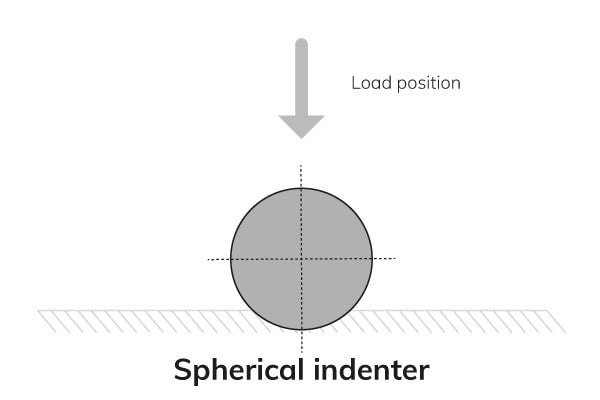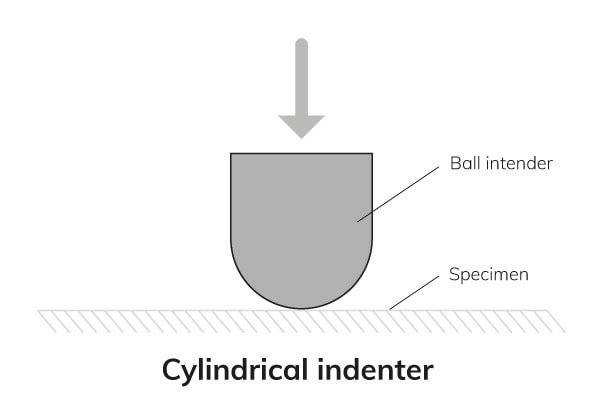Ball on ring
The ball-on-ring (BoR) test method is a crucial technique widely employed for characterizing the biaxial strength and axially symmetric bending of brittle materials such as ceramics, glass, and semiconductor wafers.
Diverse applications
Biaxial strength testing methods have been widely adopted across various fields due to the popularity of components shaped as discs or plates. This testing technique caters to diverse materials and extends beyond ceramics to thin plates made from ceramic membranes, glass, or silicon wafers.
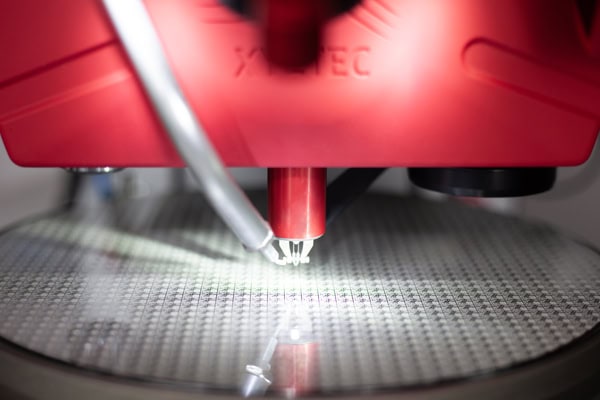
BoR tests are particularly valuable during the evaluation of wafer backgrinding processes. Traditional 3-point and 4-point bending tests often prove overly sensitive to edge flaws and surface imperfections induced during backgrinding. Axially symmetric bending tests like the BoR test offer a more accurate representation of real-world application scenarios, as they seldom involve uniaxial stress. Moreover, they demand less intricate sample preparation since the maximum tensile strength occurs at the center of the probe, away from the specimen’s edges.
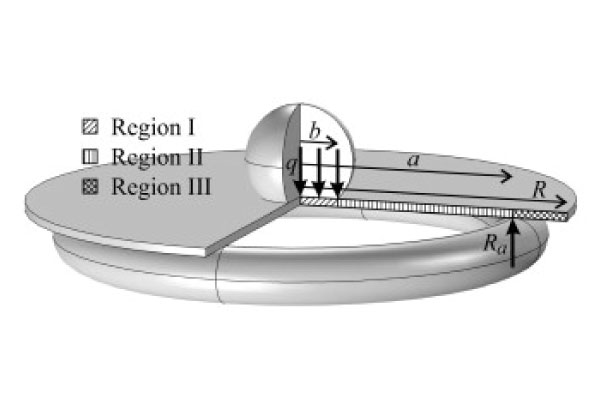
Figure 1: 3D schematic of BoR test performance
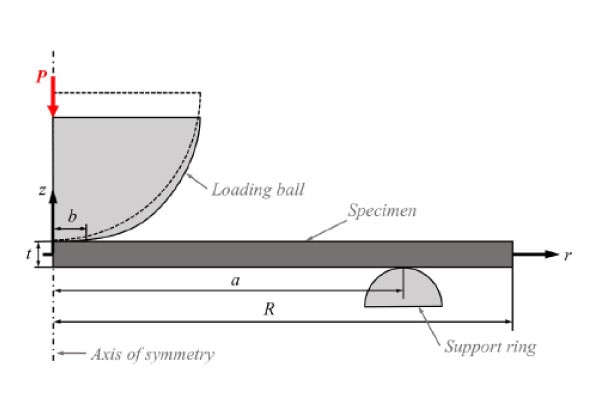
Figure 2: 2D schematic of BoR test performance, cross section
Test Procedure
During a BoR test, a ring-supported specimen, usually a disc, is loaded with a ball positioned at its center. The maximal tensile strength in both radial and tangential directions is typically observed at the bottom of the surface in the center of the round-shaped plate.
Before assessing the strength of the tested specimen and transferring it to results obtained from other test methods, it is necessary to determine the maximum stress and effective tested volume. The geometry of the indenter and the support conditions dictate the stress field applied to the probe. While support conditions generally alter the overall shape or symmetry of the stress field, the geometry of the indenters significantly influences the maximum stress by defining the shape of the load distribution. Common indenter geometries include spherical shapes or cylindrical pistons. Cylindrical indenters are preferred over spherical ones when an arbitrary and/or load-independent contact radius with the specimen is desired.Bovenkant formulier
